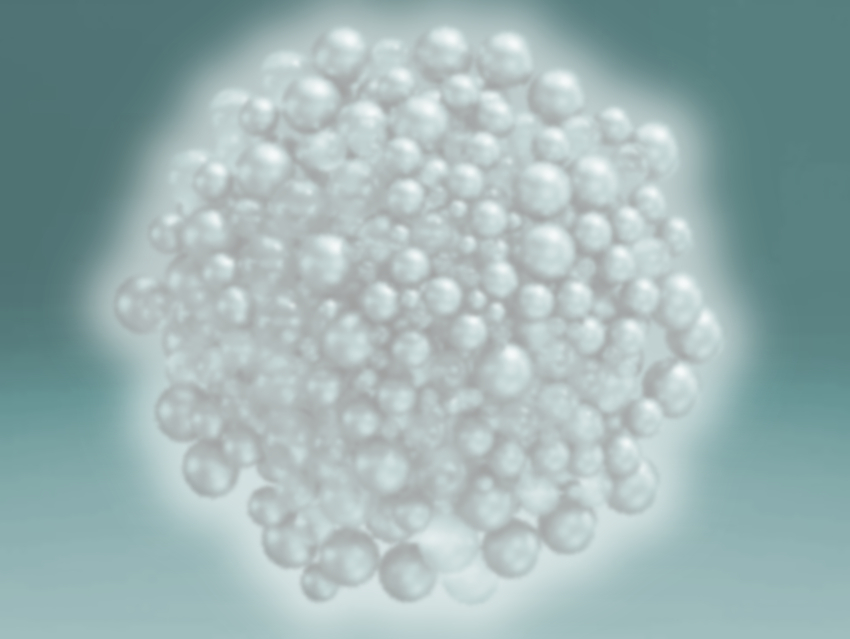Blaise L. Tardy, Aalto University, Espoo, Finland, Orlando J. Rojas, Aalto University and University of British Columbia, Vancouver, BC, Canada, and colleagues have shown that nanocellulose can form new materials by acting as a binder for a wide variety of particles. The team used cellulose nanofibrils (CNFs), which are biocolloids derived from plants or bacteria. CNFs form an interconnected nanonetwork with high strength and high flexibility.
CNFs can assemble around particles to form highly robust materials, because the network adapts to the given particles. The nanofibers can bind many different types of particles, from metallic nanoparticles to pollen and living cells such as baker’s yeast. The particles can have different shapes and sizes; they can be hydrophilic or hydrophobic. Overall, the cohesion that the CNF networks provide is not dependent on the type of particle.
The production of the materials from particles and CNFs is simple: Suspensions of both components in water are mixed and cast onto a substrate. The desired materials then form by evaporation-induced self-assembly (EISA). The team printed a 3D object via direct ink writing using suspensions of SiO2 particles and CNFs, which demonstrates that the method is scalable and can be used for producing macroscopic objects.
The high adhesion provided by the CNF network results in materials with good mechanical properties, even without strong interactions between the particles or between the particles and the nanofibers. According to the team, water-based CNF-mediated nano-, micro-, or macrofabrication could allow the assembly of complex particles, such as biological materials, as well as virtually any functional particle. It could also be used in the large-scale production of bulk materials.
- Nanofibrillar networks enable universal assembly of superstructured particle constructs,
B. D. Mattos, B. L. Tardy, L. G. Greca, T. Kämäräinen, W. Xiang, O. Cusola, W. L. E. Magalhães, O. J. Rojas,
Sci. Adv. 2020, 6, eaaz7328.
https://doi.org/10.1126/sciadv.aaz7328



